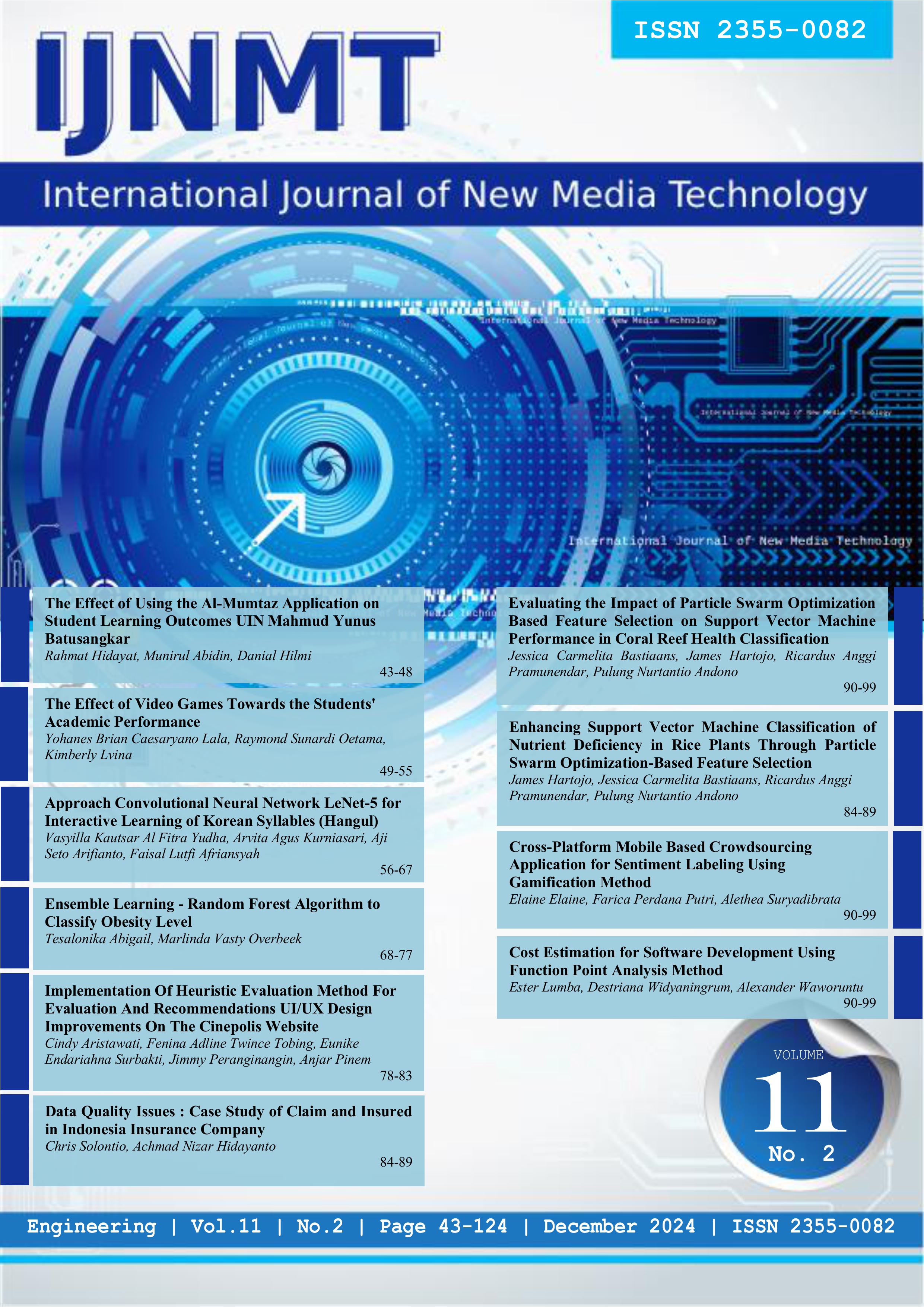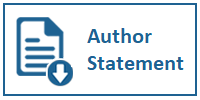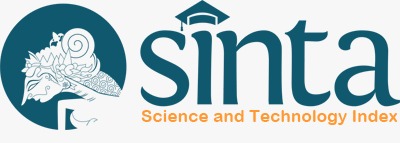Ensemble Learning - Random Forest Algorithm to Classify Obesity Level
DOI:
https://doi.org/10.31937/ijnmt.v11i2.3709Abstract
Obesity is one of the serious global health problems caused by excessive accumulation of body fat. According to the World Health Organization (WHO), the prevalence of obesity has tripled in the last 40 years, with 650 million out of 1.9 billion overweight adults suffering from obesity. Obesity is a non-communicable disease that increases the risks of more dangerous diseases, such as heart disease and cancer. Therefore, early detection of obesity level is crucial. Currently, Body Mass Index (BMI) serves as a measurement indicator, but it tends to overestimate obesity for those with high muscle mass and vice versa, making it ineffective as it only relies on height and weight, without considering body composition and daily activities. To solve this, the best Random Forest model has been developed, selected based on the results of model selection after comparisons using feature selection and hyperparameter tuning. The selected model successfully improved accuracy by 1.4%, which then implemented into a web-based system to classify obesity levels. Evaluation of the model resulted in Precision, Recall, F1-Score, and Accuracy of 97%, 97%, 97%, and 96.8% respectively. Based on these evaluation results, it can be concluded that this system is highly effective in classifying obesity levels.
Downloads
Downloads
Published
How to Cite
Issue
Section
License
Authors retain copyright and grant the journal right of first publication with the work simultaneously licensed under a Creative Commons Attribution-ShareAlike International License (CC-BY-SA 4.0) that allows others to share the work with an acknowledgement of the work's authorship and initial publication in this journal.
Authors are able to enter into separate, additional contractual arrangements for the non-exclusive distribution of the journal's published version of the work (e.g., post it to an institutional repository or publish it in a book), with an acknowledgement of its initial publication in this journal.
Copyright without Restrictions
The journal allows the author(s) to hold the copyright without restrictions and will retain publishing rights without restrictions.
The submitted papers are assumed to contain no proprietary material unprotected by patent or patent application; responsibility for technical content and for protection of proprietary material rests solely with the author(s) and their organizations and is not the responsibility of the IJNMT or its Editorial Staff. The main (first/corresponding) author is responsible for ensuring that the article has been seen and approved by all the other authors. It is the responsibility of the author to obtain all necessary copyright release permissions for the use of any copyrighted materials in the manuscript prior to the submission.















